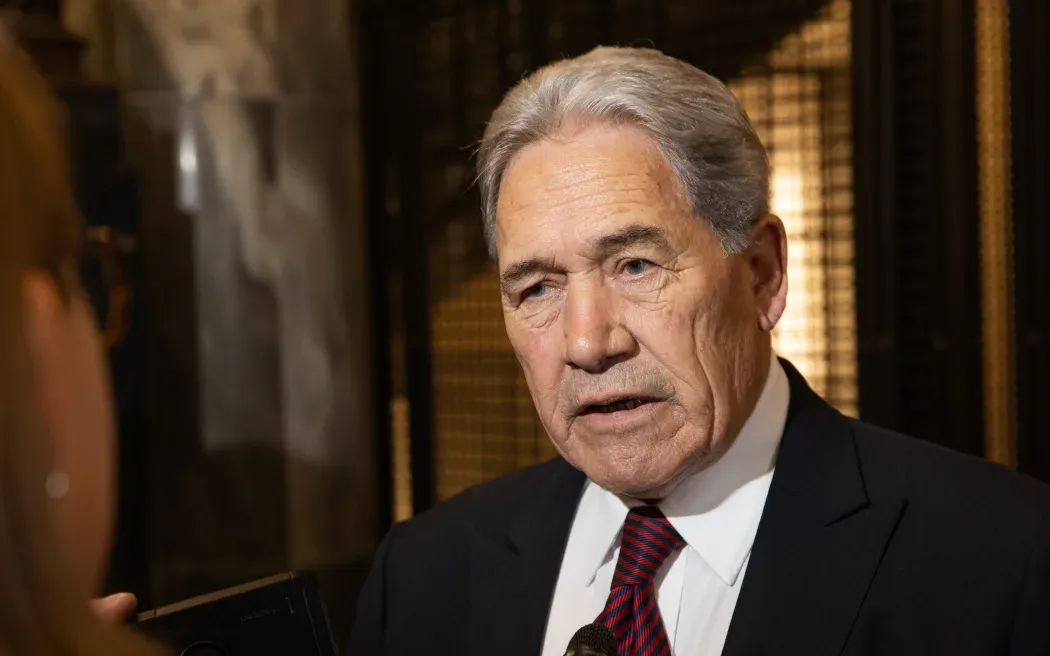Table of Contents
In Michael Crichton’s State of Fear, an evangelistic environmental politician is confronted with an unpalatable truth: everything has environmental consequences. Nature is dynamic and competitive. Every action – even doing nothing – benefits some species and harms others.
Crichton characterised human efforts to “manage” and “preserve” wildernesses as “a history of ignorant, incompetent, and disastrously intrusive intervention, followed by attempts to repair the intervention, followed by attempts to repair the damage caused by the repairs, as dramatic as any oil spill or toxic dump. Except in this case[…]the disaster was caused by environmentalists.”
Crichton uses the example of Yellowstone National Park in the US, but another example is playing out, closer to home.
For millennia, Maria Island off Tasmania’s east coast was a predator-free haven for ground-nesting and flightless birds such as the Tasmanian native hen, shear waters, Cape Barren geese and the little penguin.
That was until 2012, when during the height of crisis seeing a facial tumour disease decimating the Tasmanian devil population, 28 devils were brought onto the island as an insurance population.
Bear in mind that the initial problem, DFTD, is not even human-caused. The evidence shows that it was almost certainly a natural emergence. Humans could have done nothing – but the “consensus” was that this would lead to the devils’ extinction (other scientists, and based on the evidence, I’m inclined to believe they’re right, argued that devils would naturally bounce back). So there was massive pressure to “do something”. That something including setting up “insurance populations” on islands like Maria.
Cue nature’s unforgiving calculus of winners and losers.
In the years since, the have devils thrived — to the point there are now up to 90 devils living on Maria.
But experts say that success has come at the expense of local birds.
“Before the devils were released, the estimate was around about 3,000 pairs of little penguins lived on Maria Island,” BirdLife Tasmania’s Eric Woehler said.
“A survey was conducted by Parks and Wildlife staff about 18 months ago … and they found that all of the penguin colonies on Maria Island were empty.
“There were no penguins left on Maria Island.”
It’s not as if no one saw this coming.
BirdLife Tasmania and several other conservation groups warned the Department of Primary Industries, Parks, Water and Environment (DPIPWE) before the 2012 introduction that this would be the outcome.
“For the last 500 or more years, every time we’ve seen a deliberate or accidental introduction of a predator onto an oceanic island, the result has been the same: a catastrophic impact on one or more species of bird,” Dr Woehler said.
“We suggested that the outcome of this particular introduction on Maria would follow what has been seen without fail everywhere else in the world, and sadly we were right.”
So now it becomes a competition between who pressure groups want to see win or lose. For some, it’s the penguins, for others, the devils.
Dr Woehler said[…]”One could only hope the devils are removed as quickly as possible.”
While the devil population in Tasmania has stabilised in recent years thanks to breeding programs and new research into the deadly facial tumour disease, experts warn the species is not out of the woods yet.
Bruce Lyons, an expert in Tasmanian devil facial tumour disease, argued that to remove a successful insurance population now would be premature.
ABC Australia
It should also be noted that Maria Island is far from the only colony of fairy penguins (as they were always called, before this PC “little penguin” nonsense) in Tasmania, let alone south-eastern Australia. Nor is it clear that the devils have actively destroyed the penguins, or if at least some of them have upped stakes and moved elsewhere.
But the fact is that Maria Island was a rare safe space for, not just penguins, but many species of birds. As Michael Crichton said, “There is no free lunch…the real question with any environmental action is, do the benefits outweigh the harm? Because there is always harm.”
So, it comes down to a basic, cold, environmental calculus: who do we want to win on Maria Island? The penguins or the devils?
Please share this article so that others can discover The BFD









